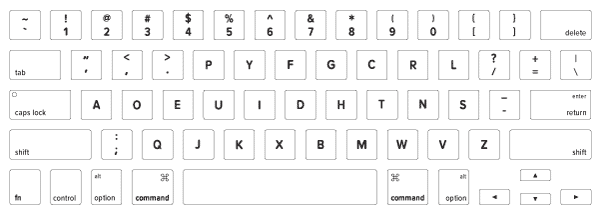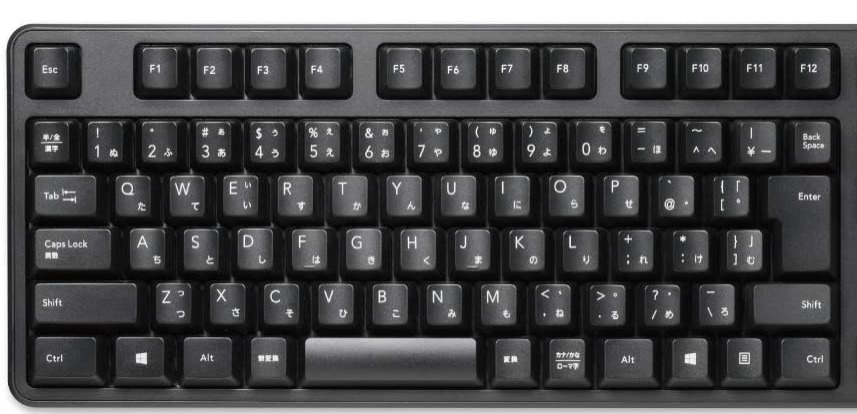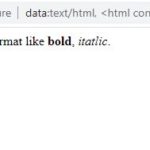A computer keyboard is a typewriter-style device that uses an arrangement of buttons or keys to act as a mechanical interface for inputting text into a digital device. You might not think about it, but the way you type tells a lot about your personality and working habits.
It’s no surprise that keyboards have been evolving for decades to accommodate those differences in typing styles. But what are some of the things you can learn from looking at someone’s keyboard? And how has technology changed the keyboard landscape over time? Let’s take a closer look!
Fun Facts About Computer Keyboards
The QWERTY keyboard has been around for over 130 years. It was created by Christopher Sholes in 1868 for use as his type-writer. The unique design of the keyboard soon caught on, and it is now used by everyone from writers to gamers! The QWERTY keyboard is named after the first six letters on the top row of the keyboard.
The word “ Typewriter” is the longest that can be made using only one row on a normal QWERTY keyboard. This makes sense because we often type words beginning with other letters and numbers, but who wants to reach across their desk just for an extra letter or digit?

The idea of making a keyboard that would be easier to use than QWERTY was first introduced in 1932. The professor, August Dvorak attempted his invention by arranging the letters according to their frequency of occurrence within a language or text document so you could type more quickly with less error; however he also added additional features such as uppercase and lowercase keys for legibility sake because at one point everyone had difficulty seeing what letter came next due only having capitalized letters on our original layout! This layout is called the Dvorak keyboard layout.
For anyone who wants an improved typing experience, an LED-backlit keyboard is an ideal choice. The keys are easy to see in any lighting condition, making it easier to hit the right keys. And it is good for visual media production or gaming. The LED-backlit keyboard offers a more immersive experience for the user. The keys are more visible in low-light conditions, making it easier to type in the dark. And it is good for visual media production or gaming.
Laptop keyboards are often different from desktop keyboards. This is because laptop keyboards need to be small and portable so they can be used in a variety of different situations. They also have to be tough enough to withstand everyday wear and tear. This also means that laptop keyboards often lack some of the features of desktop keyboards, like a numeric keypad or dedicated function keys. However, many laptops now come with backlit keys, which can be a great help when working in low-light conditions.

The Japanese have a unique way of using the Space key on their keyboards. The shortest space key is found in many Japanese keyboards. And it’s much shorter than it is in other countries. This allows for more precise control when creating lines of text.
The trend of decorating laptop keyboards and whole laptops with vinyl stickers has been gaining popularity among young people in recent years. What’s more, these decals are subject to fashion trends so you can change up your look every day!
Scroll Lock is a defunct key on modern keyboards. It was originally used to lock the keyboard so the user could move the cursor around without anything being typed. However, with the invention of the mouse and touchpads, this key is no longer needed.
The IBM Model M was released in 1984 and introduced a key separation between function keys as well as a separate row for numbers. This design is considered to be the most universal computer keyboard because it can easily switch from laptop to desktop computers without much hassle or adaptation time required by users. This model is the father of modern keyboards.
Ctrl Alt Del is a shortcut key that was first introduced in 1981 as a way to restart a computer. It’s also been used to unlock a computer when you’ve forgotten your password. This combo was chosen for safety concerns, to avoid accidental trigger activation.





